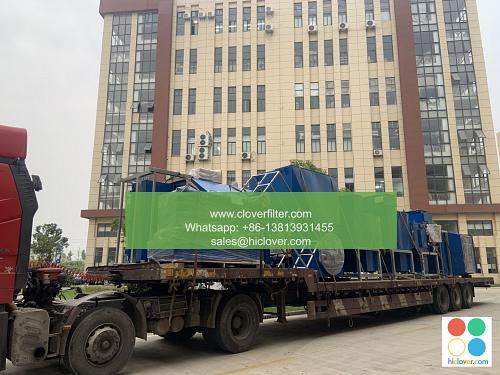The Ultimate Guide to Air Filter Performance: What You Need to Know

The Ultimate Guide to Air Filter Performance: What You Need to Know
Introduction
Air filters play a crucial role in ensuring healthy indoor air quality, protecting equipment, and the overall well-being of building occupants. With so many options available on the market, selecting the right air filter for your specific needs can be a daunting task. In this comprehensive guide, we’ll delve into the world of air filter performance, exploring key factors, technologies, and application areas to help you make an informed decision.
Key Factors Affecting Air Filter Performance
1. Efficiency (MERV Rating)
The MERV (Minimum Efficiency Reporting Value) rating is a widely accepted standard for measuring an air filter’s ability to capture particles. The higher the MERV rating, the higher the filter’s efficiency. For example:
- MERV 1-4: Coarse particles (e.g., hair, dust)
- MERV 5-8: Fine particles (e.g., smoke, pollen)
- MERV 9-12: Extremely fine particles (e.g., dust, bacteria)
- Fiberglass: Suitable for general ventilation, but less effective against finer particles
- Synthetic fibers: Better overall performance, but more expensive
- Activated carbon: Ideal for odor and gas removal, but may not capture particles
- ASHRAE (American Society of Heating, Refrigerating, and Air-Conditioning Engineers) standards for air filter performance
- UL (Underwriters Laboratories) ratings for filter safety and quality
- Ahlstom, J. (2019). Air Filter Selection Guide. Cambridge University Press.
2. Filter Media
Different types of filter media, such as fiberglass, synthetic fibers, and activated carbon, offer varying levels of performance. Each has its strengths and weaknesses, including:
3. Airflow Resistance
Airflow resistance, measured in inches of water column (in. w.c.), indicates the filter’s ability to accommodate airflow without restricting it. Higher resistance can lead to increased energy costs and equipment wear.
4. Moisture Resistance
Moisture resistance, often tested by exposing the filter to humidity, is crucial for filters used in humid or high-moisture environments. Look for filters with high moisture resistance ratings to prevent damage or degradation.
5. Filter Frame and Construction
The filter’s frame and construction can affect its overall performance, including how well it fits within an air handling unit or duct system. Consider factors like durability, ease of replacement, and compatibility with existing systems.
Application Areas and Filter Recommendations
1. General Ventilation and HVAC Systems
For general ventilation and heating, ventilation, and air conditioning (HVAC) systems, consider filters with a MERV 5-8 rating and synthetic fibers.
2. Industrial and Commercial Facilities
In industrial and commercial settings, where contaminants like dust, pollen, and odors are prevalent, opt for filters with a MERV 9-12 rating and activated carbon or synthetic fibers.
3. Healthcare and Pharmaceutical Facilities
In healthcare and pharmaceutical environments, where high-purity air is critical, choose filters with a MERV 12-13 rating and synthetic fibers or HEPA (High Efficiency Particulate Air) technology.
4. Restaurants and Food Facilities
In restaurants and food facilities, where airborne contaminants can compromise food safety, select filters with a MERV 10-12 rating and activated carbon or HEPA technology to capture particles and odors.
Conclusion
Choosing the right air filter for your specific needs requires careful consideration of key factors, including efficiency, filter media, airflow resistance, moisture resistance, and frame construction. Understanding the unique requirements of various application areas will help you select the best filter for your indoor air quality needs. By following this ultimate guide, you’ll be better equipped to make an informed decision and ensure the air you breathe is clean, healthy, and free from contaminants.
Additional Resources
Tagged Keywords:
air filter performance, MERV rating, filter media, airflow resistance, moisture resistance, filter frame and construction, general ventilation, HVAC systems, industrial facilities, commercial facilities, healthcare, pharmaceuticals, restaurants, food facilities, indoor air quality.
I’m happy to help! What would you like to talk about or ask?


